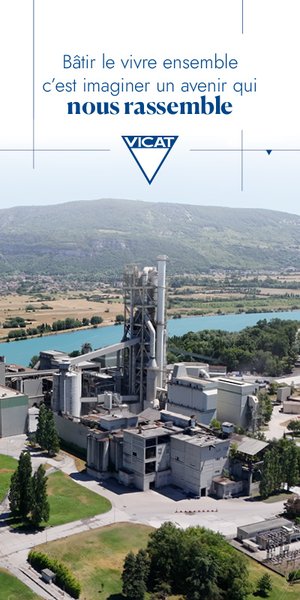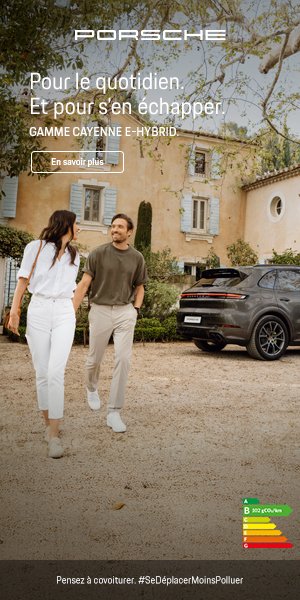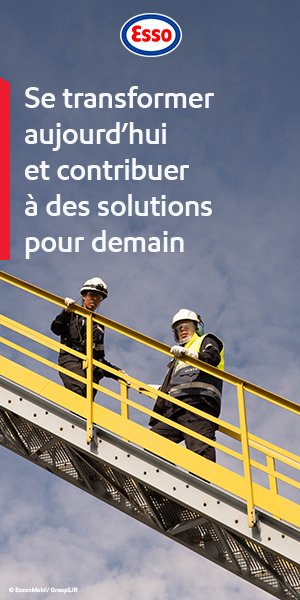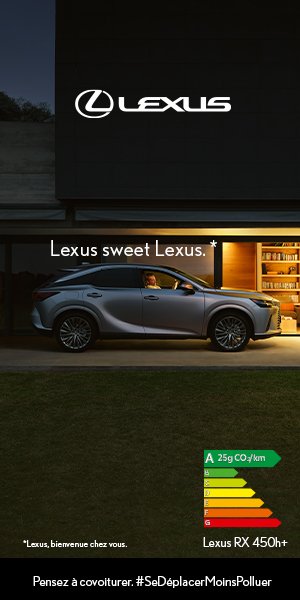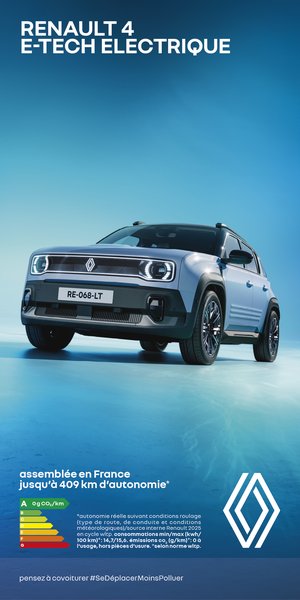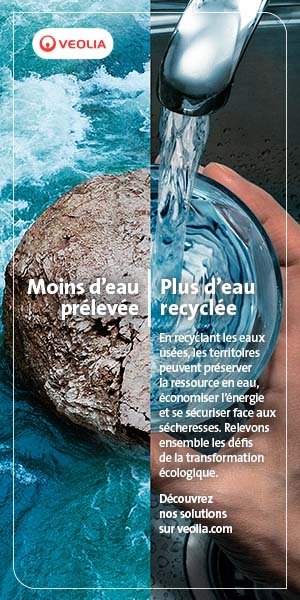Politique Internationale — When did Volkswagen set out to conquer the electric vehicle market? Did the group start sufficiently early in the race or, on the contrary, did it fall behind compared with its main competitors?
Thomas Ulbrich — The car in general and the car industry in particular are today living through a process of transformation without precedent. The word “revolution” is not too strong: not only is Volkswagen totally conscious of this change, but the group has set itself up in battle order to face it. It’s good to talk about the competition. That is to say, things have been fairly simple since 2016, Volkswagen is the manufacturer that has devoted the most efforts in the domain of the electric car. This unprecedented offensive is likely to last: in the course of the next five years, the group is going to invest more than 33 billion euros in this sector of electromobility. This embodies the future; that is why we are moving forward.
P. I. — Several billion euros are therefore on the table, but how will this effort be allocated?
T. U. — The serial production of our ID.3 model started several months ago in our Zwickau factory (Editor’s note: 300 kilometres south of Berlin). This launch did not pass unnoticed because it took place in the presence of Chancellor Angela Merkel and of Volkswagen’s CEO, Herbert Diess. In 2020, our strategic development is very important because we foresee putting on the market no fewer than 75 all-electric models and 60 hybrid vehicles. It is therefore the beginning of a great decade: in this period we foresee selling 26 million electric cars. Fortified by these ambitions, we can state without any pretension that Volkswagen will help electric mobility make a decisive breakthrough. It is a technological battle that is under way, with its share of innovations, and Volkswagen is playing its full part.
P. I. — You talk a lot about this ID range. Is it really a matter of a technological leap?
T. U. — From an ecological point of view, the ID range is quite simply exemplary. When a consumer chooses this sort of vehicle, he does not only opt for a means of electric transport. He is also part of a process of the struggle against global warming. And this logic goes well beyond the marketing pitch: it reflects the manufacturing process of our range, where all the successive steps are aimed at carbon neutrality. Zwickau stands out by a means of energy consumption that is very economical, based on renewable sources. Globally, the factory allows a reduction of 40,000 metric tons of CO2 per year. Volkswagen is not the only actor mobilised by this approach: all the group’s suppliers associated with the ID range are also working towards a better ecological footprint. We are going to great pains to make a vehicle that, from one end to the other of its lifetime, responds to the aims of sustainable development, from its conception until the recycling of the materials used. The battery is a good example: all through this equipment’s cycle the CO2 footprint must be optimised.
P. I. — At Volkswagen, who was behind this strategic shift? Was it directly the group’s senior management? Did you put in place a dedicated department that defines the development of electrical mobility? Or did you call on external consultants to work out a roadmap?
T. U. — Let’s look back at a bit of history. The COP21, which led to the Paris agreement in 2015, was a founding moment for a group like ours. The decision taken by the signatory States to achieve carbon neutrality by 2050 is a target to which we adhere fully. From this agreement stems a series of initiatives and operational achievements aiming significantly to reduce CO2 emissions on the planet. Carmakers are associated with this movement: at Volkswagen, we consider that electric mobility is the most efficient means to reach the milestone of carbon neutrality. That is why we intensified our efforts from 2016: the electric vehicle is not just a product that we propose to the consumer across the world; it is part of the framework of strategic reflection that operates at all levels of the company. The totality of the sectors are associated because ecological transition and industrial developments are problematics of a grand scope. Not only is the group not just enduring this transformation in the service of the protection of the environment, but it fully intends to lead it.
P. I. — Given the uncertainties linked to the emergence of a new market, are you able to fix objectives backed by figures?
T. U. — We reason on the basis of precise figures with the aim, as I said, of selling 26 million electric vehicles by 2029. These volumes cover at one and the same time all-electric and hybrid models. To respect this roadmap, which is very ambitious, the control of the workload of our factories must be perfect. About 80 per cent of the electric vehicles that we shall put on the market in the next 10 years will come under our Modular Electric Drive Matrix (MEB) unit in charge of territorial organisation; units will be built as much in Germany as in the rest of the world. In the first instance, Volkswagen will rely on five factories, in Zwickau, Emden, Hanover, Zuffenhausen et Dresden. In the second, our sites in Mlada Boleslav (Czech Republic), Chattanooga (United States), Anting and Foshan — both in China — will be on the front line.
P. I. — As for your industrial tool, how far does the development of electric mobility require you to reconfigure your factories?
T. U. — We cannot say it enough, our growth in electric vehicles is a factor of deep transformation. But even before talking of infrastructures and their reorganisation, it is the revamping of skills that should be put at the forefront. Electric mobility is causing new needs to emerge: domains such as software and digitalisation are taking on fundamental importance and require profiles in keeping with this technological evolution. People must be trained for this. That is why I insist on the fact that the electric car is permeating all levels of the company through the setting up of specific teams. As for the industrial tool, the organisation of production has its own characteristics: compared with the manufacture of traditional cars, that of electric cars is much faster because the workload linked to the engine block is lighter. In effect, the procedure of combustion of fossil energies is more complex than the electrical system. It does not need as many stages as those required for the assembly of the combustion engine. To give you an idea, electric production at Zwickau has been readjusted by about 10 per cent with regard to the production of other vehicles: we are moving from about 1,350 to 1,500 vehicles a day.
P. I. — To what degree does Volkswagen envisage electric as a lever of growth?
T. U. — We are absolutely convinced of one thing: the future is electric. Under the Volkswagen brand, we expect to sell more than a million electric vehicles a year from 2025 and thereby become the world market leader. This belief is all the more firm because we know that there is no better way of achieving the COP21 aims. This largescale development underpins the idea that all consumers should have access to an electric vehicle: Volkswagen’s mission consists therefore of manufacturing attractive vehicles and selling them at affordable prices. There is no question of reserving this segment for a small category of wealthy motorists. That is why Volkswagen decided to put means into the electric vehicle, with a twofold strategy, industrial and commercial, stamped with the seal of ambition. The Modular Electric Drive Matrix technological platform was especially conceived in the service of electric mobility. It has as its mission to federate the totality of the tools and skills of the all-electric.
P. I. — From one country to another, interest in the electric vehicle is more or less strong. Faced with these disparities, does your platform dedicated to electric mobility function in a global way or have you foreseen special variations for different regions in the world?
T. U. — Our MEB platform embraces our vision of electric mobility in its totality. For proof, it does not only put out vehicles under the Volkswagen brand. Of course, within the group, it was the first to back the effort in favour of the electric car, but none of our other brands is left out. On the contrary, be it Audi, Seat or Skoda, each will be able to take part actively in our commitment. In total, with all brands, the first wave of production of our platform is aiming for 20 million vehicles in the coming years. These large volumes will permit us to realise big economies of scale, which are indispensable for an attractive commercial offer. The factories linked to MEB number eight, spread out across the world and based specifically in Europe, China and North America. These sites will establish themselves as references. In Zwickau in particular, Volkswagen is transforming the site to make it the biggest European electrical factory. In the medium term, 330,000 cars should come out every year from the manufacturing workshops. These new production lines take into account already existing equipment. In Emden and Hanover, two other big electrical factories, facilities are situated near traditional vehicle workshops in such a way as to allow us to share a number of services.
P. I. — Let’s speak about the power of attraction of electric cars for consumers. Are they sensitive to the ecological argument or does their choice of electric mobility stem from the same criteria as for other vehicles?
T. U. — Figures are worth more than any long speech. The demand for electric vehicles is growing very rapidly to the point that the order book for the e-Golf is already completely full. In parallel, the prospects for the new ID.3 model are very encouraging: from the beginning, no fewer than 35,000 pre-orders were recorded. The signal sent by the consumers is very clear: it bears witness to a marked interest in electric mobility. And we are only at the beginning: bit by bit, as our MEB platform is ramped up, people will confirm this enthusiasm.
P. I. — What is the argument you make to motorists to convince them to change to electric?
T. U. — We tell them lots of things! We explain to them first that they will be able to obtain a very good car at an affordable price. Let’s recall in passing that a bottom-of-the-range ID.3 vehicle costs less than 30,000 euros. This price advantage does not stop there: an electric car is much less expensive than a traditional car. Between recharging with electricity and buying a full tank, there is no possible comparison. Then, maintenance costs a lot less. The consumer does not necessarily know all that. We must also wring the neck of some preconceptions, especially as regards the range of electric vehicles. With the ID.3, it varies between 330 and 550 kilometres. That is quite enough for motorists’ needs. Finally, we stress the driving comfort that electric mobility brings: the vehicle interiors are spacious, the driving is dynamic and the level of connectivity of the equipment is high. Enough assets to encourage making the leap.
P. I. — Some voices are raised to warn of the dangers of too great an electric mobility. In plain language, this would drain too much from the networks…
T. U. — This argument is not new, but it does not correspond to reality. In the same way that the automobile sector is being changed, the energy landscape is in full transformation. The future is no longer in heavy production infrastructures. Supply circuits are much more de-carbonised, with the boom in green energies; they are also more decentralised, with more flexible sites; and they are more digitalised in the interests of a more efficient control of consumption. This series of changes means that the electric mobility market will not threaten the management of energy flows.
P. I. — Do Volkswagen’s directors drive electric cars?
T. U. — For myself, I have been driving an e-Golf for more than a year. It is a very pleasant experience for the 30 or so kilometres that I travel each day.
P. I. — Do you believe in 100 per cent electric mobility?
T. U. — Firstly and above all, our development of electric mobility bears witness to our full contribution to the struggle against global warming. A group like ours feels committed in the environmental debate and to the search for solutions to protect the planet. Yes, we can envisage that one day mobility will be 100 per cent electric: this is not just one path, it’s a necessity if we want to limit emissions of CO2. In the meantime, we must redouble our efforts to turn the electric vehicle into an indispensable solution.
* Member of the Volkswagen Board of Management in charge of E-Mobility.
